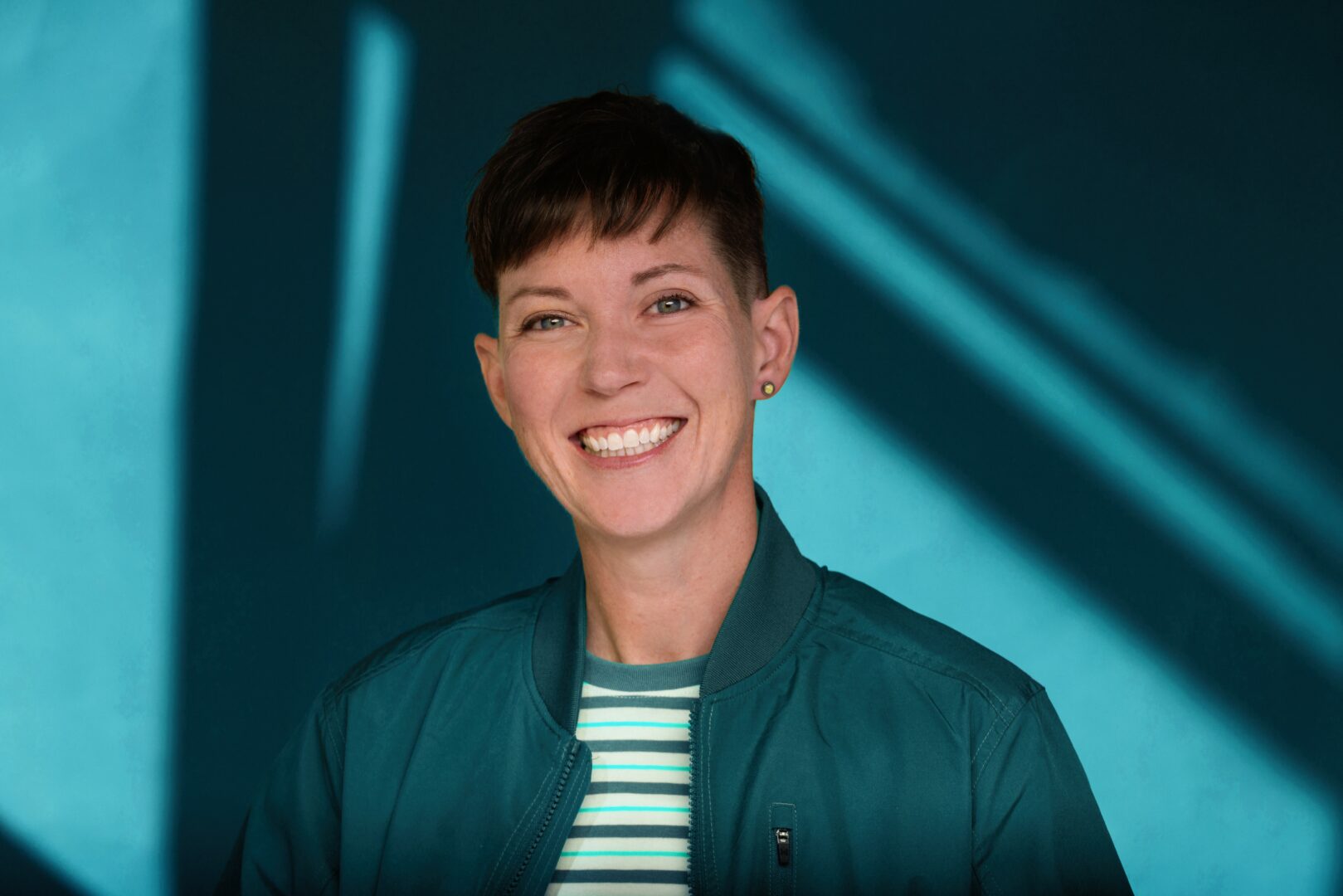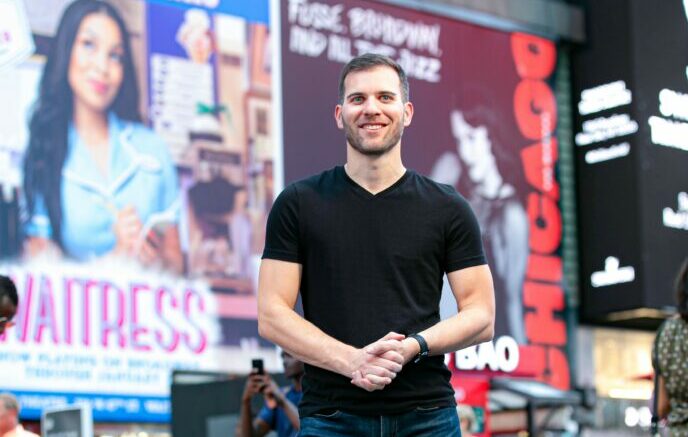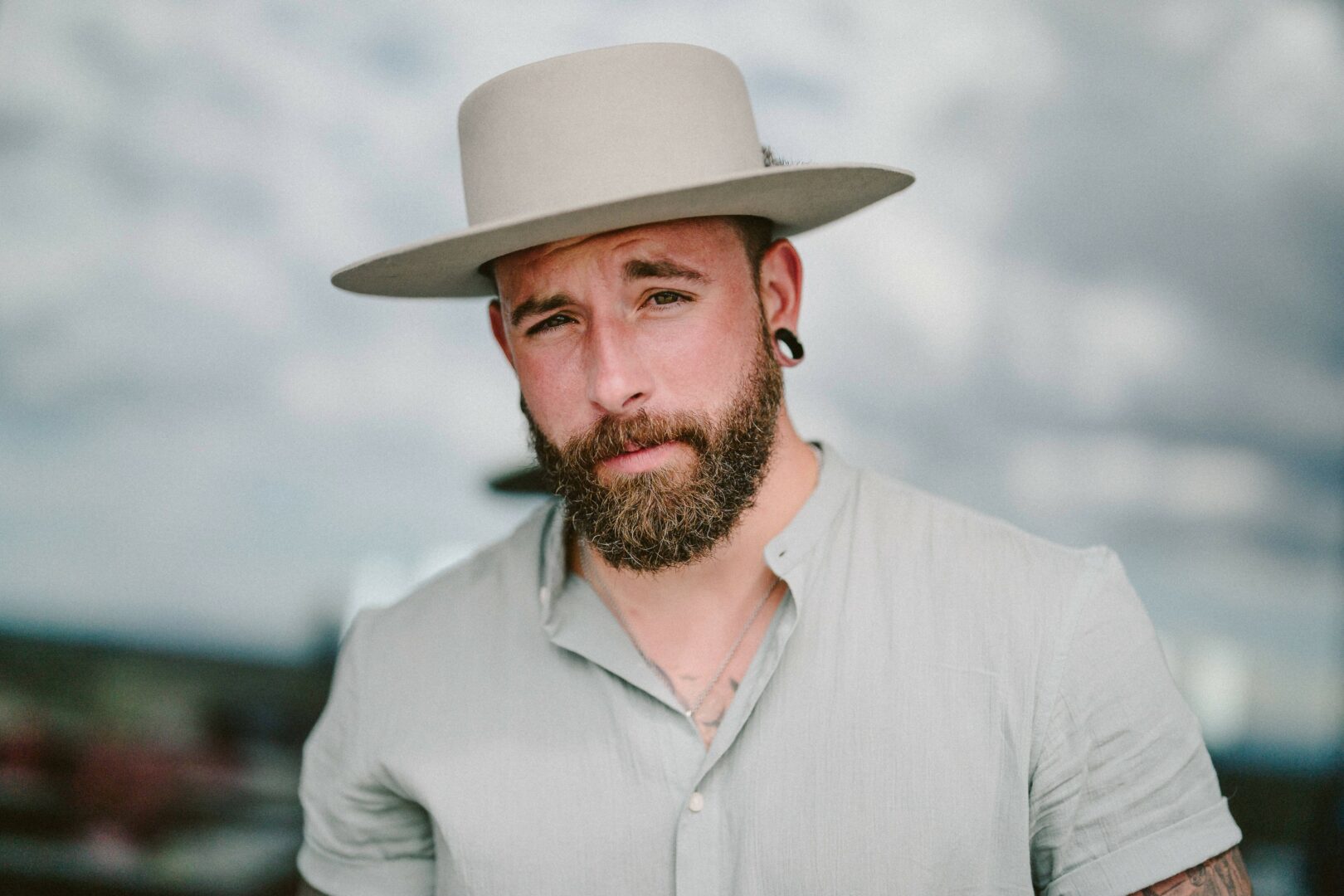We were lucky to catch up with Kyleigh Weathers recently and have shared our conversation below.
Kyleigh, so great to be with you and I think a lot of folks are going to benefit from hearing your story and lessons and wisdom. Imposter Syndrome is something that we know how words to describe, but it’s something that has held people back forever and so we’re really interested to hear about your story and how you overcame imposter syndrome.
Impostor syndrome began early for me, rooted in the clash between being born a lesbian and raised a Mormon. These two parts of my identity didn’t fit together, and so I learned to survive by self-abandoning. I disconnected from myself to maintain connection with others.
Over time, I began to see this pattern in my more than just my romantic relationships . I decided to address the pattern by healing the parts of me that had been hurt. I started identifying and letting go of limiting beliefs like “I’m not enough” and “I don’t matter.”
A new sense of self-acceptance came when I stopped believing things that weren’t true. I’ve now found what I call queer joy, a feeling born from self-acceptance and belonging, from embracing my existence and understanding my inherent worth.
When I became familiar with queer joy, I saw impostor syndrome for what it truly was: a product of systems that thrive when we shrink. Systems like patriarchy, racism, heteronormativity, and perfectionism are designed to make us doubt our enough-ness and question whether we belong. For queer folx, these systems create deep wounds around connection and worth, leaving us constantly justifying our existence.
That voice in my head saying, “Who tf do you think you are?” wasn’t mine at all! It was planted by these systems. When I learned to get curious about my thoughts instead of believing them, I discovered a path to true self-discovery. Accepting my right to exist has brought me peace and purpose. Now, my existence and authenticity have become my rebellion against impostor syndrome.

Let’s take a small detour – maybe you can share a bit about yourself before we dive back into some of the other questions we had for you?
My story was shaped in deep and complicated ways by my Mormon upbringing. At 16, I was caught having a girlfriend, and that moment changed everything. I learned that who I was wasn’t okay. I learned to hide, to change, and to fear being found out. That fear of getting caught became the thread that ran through my life, leading me into patterns of self-abandonment, anxiety, and perfectionism.
After leaving the church in my 20s, I returned in 2011 and married in the Mormon Temple to my son’s father. Then, in 2014, I suffered a spinal cord injury that ended my career as a Recreation Therapist and left me living what I called a “half-life,” trapped by chronic pain and fear of further injury.
Things began to shift in 2018, when we left the church as a family. The more parts of myself I accepted, the more I saw my life improve. My context and reality didn’t change, but how I thought about it did. The pandemic in 2020 finally pushed me to confront my inner homophobia and accept that I was a lesbian. My son’s father gave me incredible support, and we’ve built an amazing co-parenting relationship. For the first time, I was living fully and unapologetically as myself.
That same year, I discovered attachment theory. For the first time, I had a name for the patterns that had been holding me back. I realized I had been pouring my energy into others while abandoning myself. A hallmark move of an anxious preoccupied attachment style. Learning to allow my emotions and process them fully felt revolutionary. Emotions are messengers, but you can’t process the message if you’re too afraid to feel it.
During my journey to secure attachment and becoming a certified coach in Integrated Attachment Theory, I realized no one was talking about the unique attachment trauma that comes with being queer. When society, religion, or even family rejects and abandons you, when you’ve been closeted, it creates a deep wound that shapes how you connect with others. I call this queer attachment trauma, and addressing it is at the heart of my work.
I created Queerly Attached because I know how isolating it is to feel stuck in cycles of self-abandonment and disconnection and I know how powerful it is to break free. I learned that I am the safe adult my inner child has been waiting for.
Queer relationships can move quickly and be filled with triggers, unmet needs, lack of boundaries, trust issues, U-hauls and break up after break up. We end up feeling incongruent and stuck. We learn to doubt our worth and value. We disconnect from mind, body and spirit.
Through Queerly Attached, I help my clients rewrite their stories of self abandonment, reconnect with their emotions, and create safe and secure relationships. This work is about creating a future aligned with who you’ve always been.
If you’re ready to get curious about your core beliefs and patterns, schedule an Attachment Assessment to get started.
https://bit.ly/49mAPQl
If you’d like to hear more about my personal journey and queer attachment trauma, check out the Queerly Attached Podcast. You can also learn more about insecure attachment styles by taking my free Attachment Quiz at www.queerlyattached.net
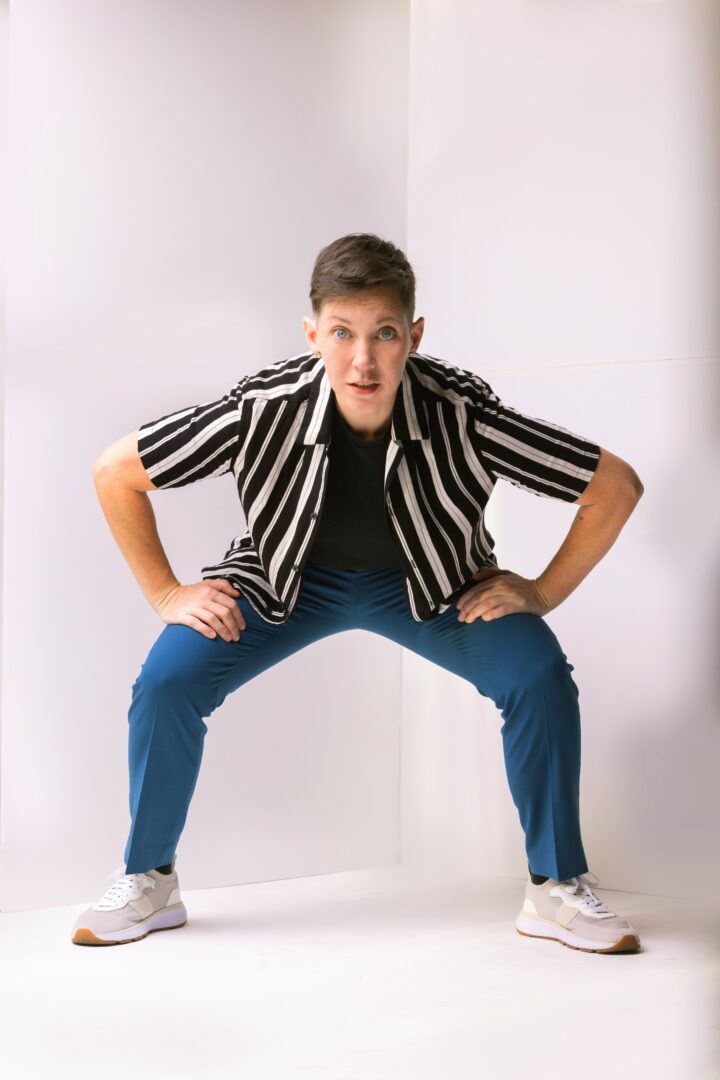
If you had to pick three qualities that are most important to develop, which three would you say matter most?
These three practices have helped me create a life that feels expansive and intentional. I teach these as a somatic exercise that I call breaking the fourth wall.
In theater, when an actor “breaks the fourth wall,” they step out of the story and address the audience directly. Step out of your automatic patterns, allow your emotions, observe your thoughts, and respond with intentionality.
1. Allow emotions as messengers.
Emotions aren’t problems to fix; they’re messengers carrying insights about our needs, boundaries, and experiences. Forget about controlling or regulating them, I just want you to allow. The first step is to feel the emotion fully in your body. Where is the sensation located? What does it feel like? Is it a tightness in the chest, a lump in the throat, or a knot in the stomach? Emotions want to feel seen and heard before they can release. Sound familiar? Don’t we all just want to feel seen, heard, understood, accepted and celebrated? Now when I feel emotions, I am excited for the self discovery that awaits! Emotions only need about 30-90 seconds to deliver their message.
2. Observe thoughts without judgment.
After I release the emotion, I step into an observer role with my thoughts. I like to think of the mind as a stage where thoughts enter and exit like characters. The ones tied to strong emotions step into the spotlight, and I ask, Is this true? This practice creates space to respond instead of reacting out of habit.
3. Decide what things mean. You are the author.
Thoughts carry meaning, and the meaning we assign shapes our beliefs. For example the thought, “I made a mistake” could mean, “I’m not good enough”. This belief takes root and we begin to see the world from that lens. A constant display of how not good enough we are. Assigning a meaning that aligns with our desires and goals serves us better. If I have a desire for growth, when I make a mistake, I make it mean that I am continually learning and growing. I refuse to make anything mean something about my value and worth again.
It feels like creative control over my choices. These practices have helped me break free from old patterns, embrace self-acceptance, and create a life that feels authentic.

How would you describe your ideal client?
My ideal client is someone who’s insightful, curious, and deeply committed to growth but feels stuck. The therapy, self-help books and journaling are helpful but they keep bumping into the same patterns in their relationships and life.
They’re tired of falling into repetitive conflict cycles, feeling unseen and disconnected even when surrounded by people, and saying yes when they mean no. They’ve ignored their needs for so long, they barely recognize themselves anymore. They are shrinking in their own life and wondering what’s wrong with them.
What makes them my ideal client is that they’re ready to be uncomfortable. Looking at the beliefs that form our identity can feel painful and bring up fear. This individual is ready to stop running from themselves and start building a secure relationship with their emotions, their needs, and their adult self.
Contact Info:
- Website: https://queerlyattached.net/
- Instagram: https://www.instagram.com/queerlyattached/
- Facebook: https://www.facebook.com/QueerlyAttached
- Youtube: https://www.youtube.com/@QueerlyAttached

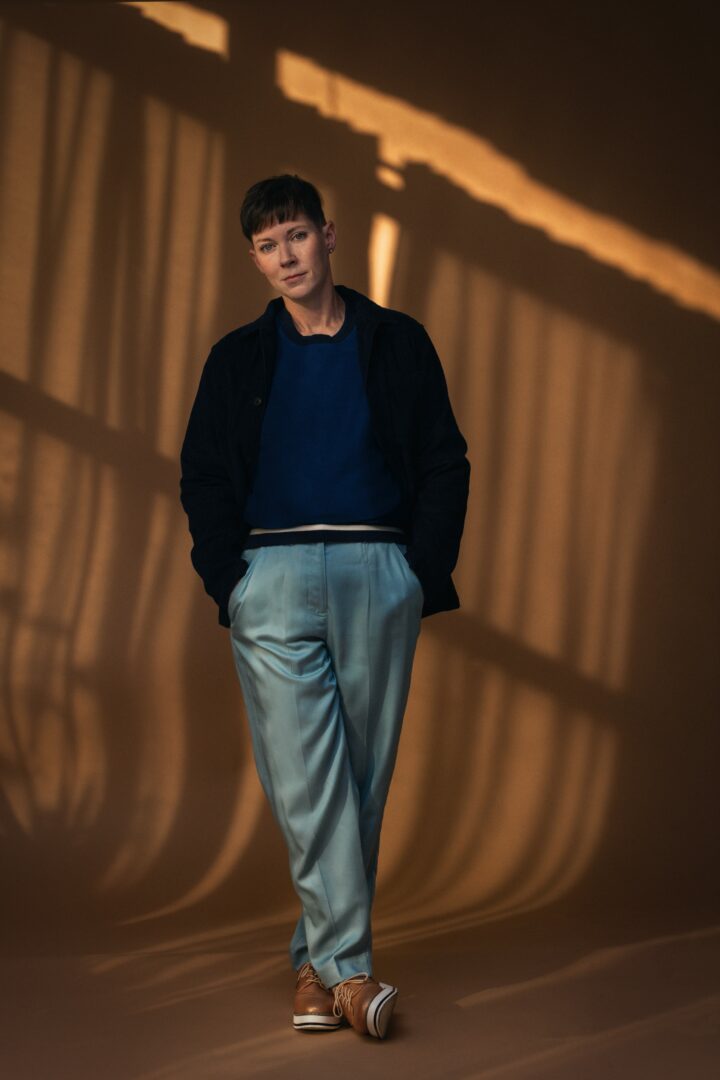

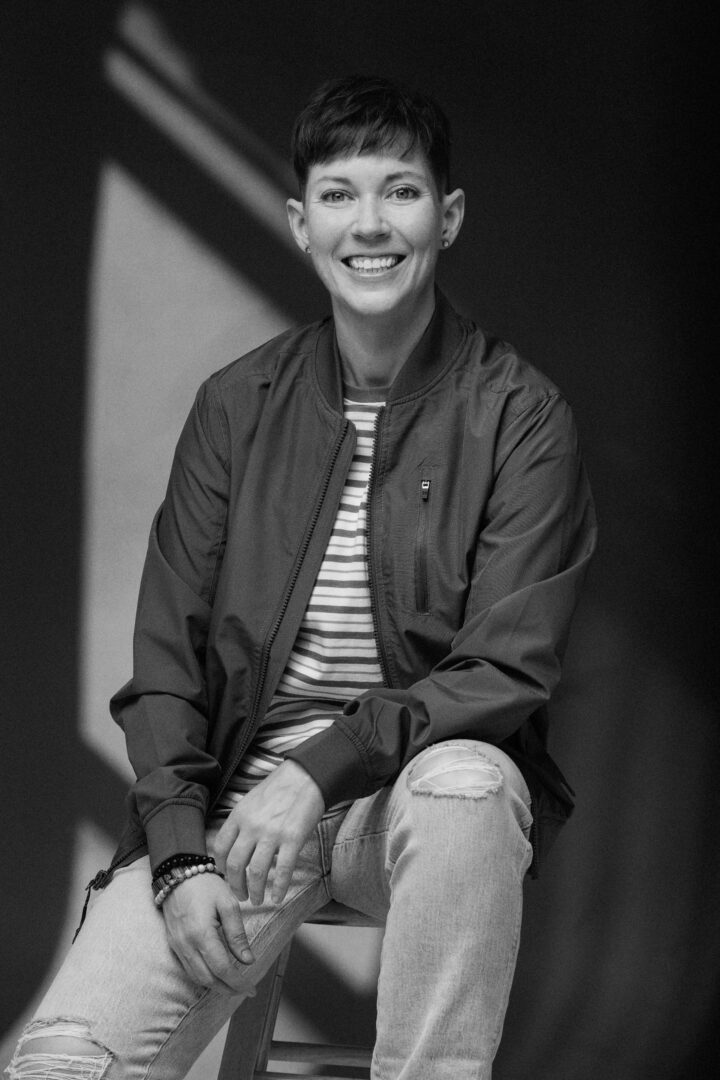
Image Credits
Rebecca Shepard Studios
so if you or someone you know deserves recognition please let us know here.

